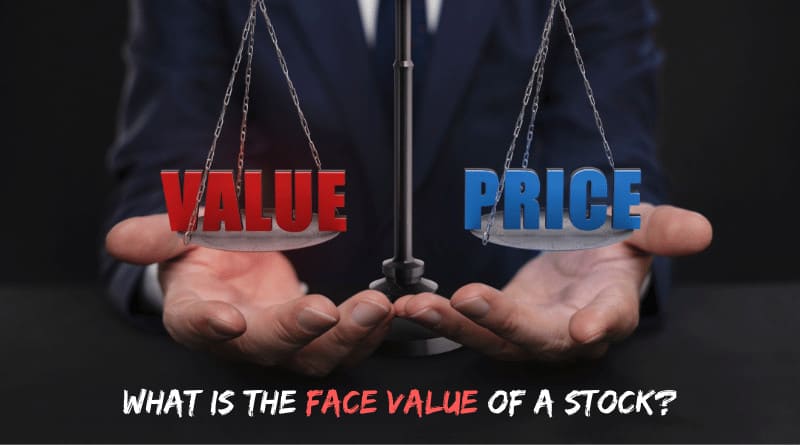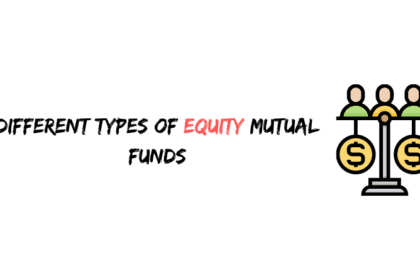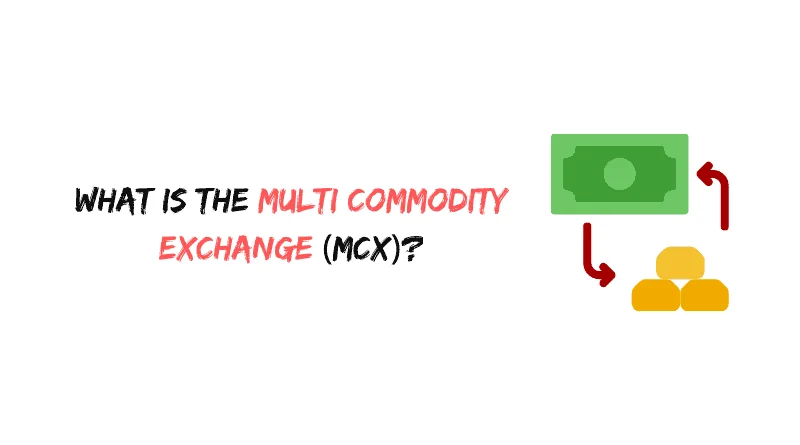Similar to currency notes, the face value is the original cost of a stock and symbolises the denomination of shares.
A stock’s face value might fluctuate over time.
If a business decides to split its shares, for example, the face value of the shares will likewise be split.
The original price of the share listed on the share certificate, as determined by the stock’s issuer, is the face value of the stock.
The forces of supply and demand determine the stock’s market value.
A company’s dividend is paid to its shareholders based on the face value of the stock, not the market value.














